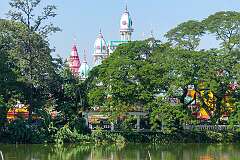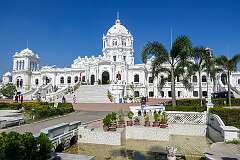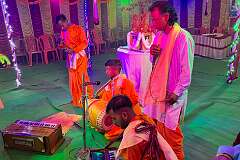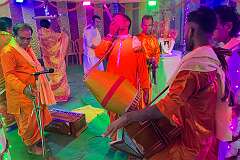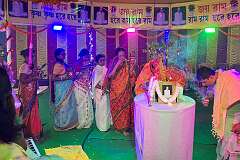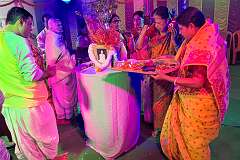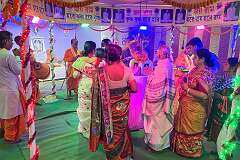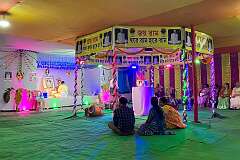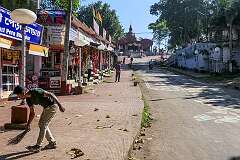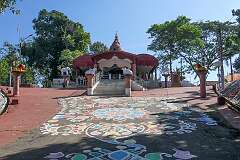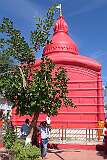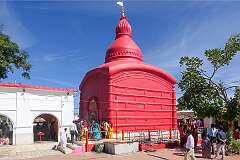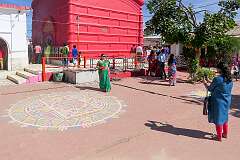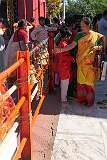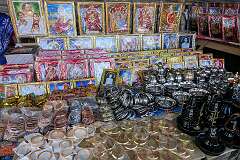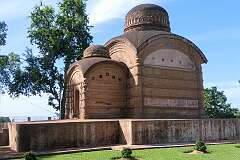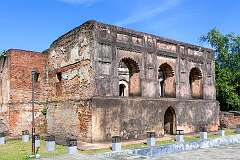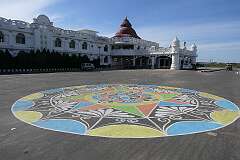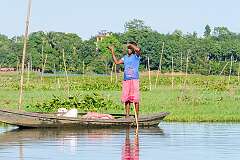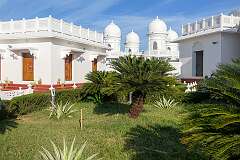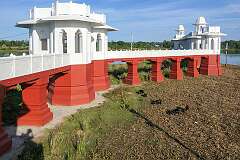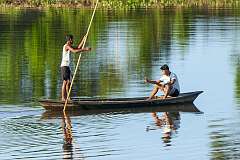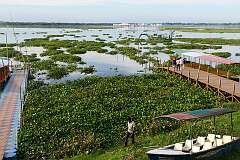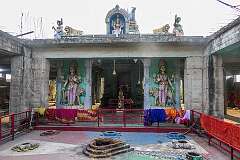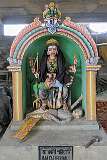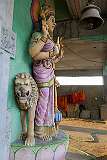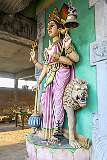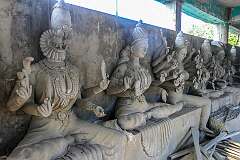Tripura, a small state in northeast India
26-27 November 2023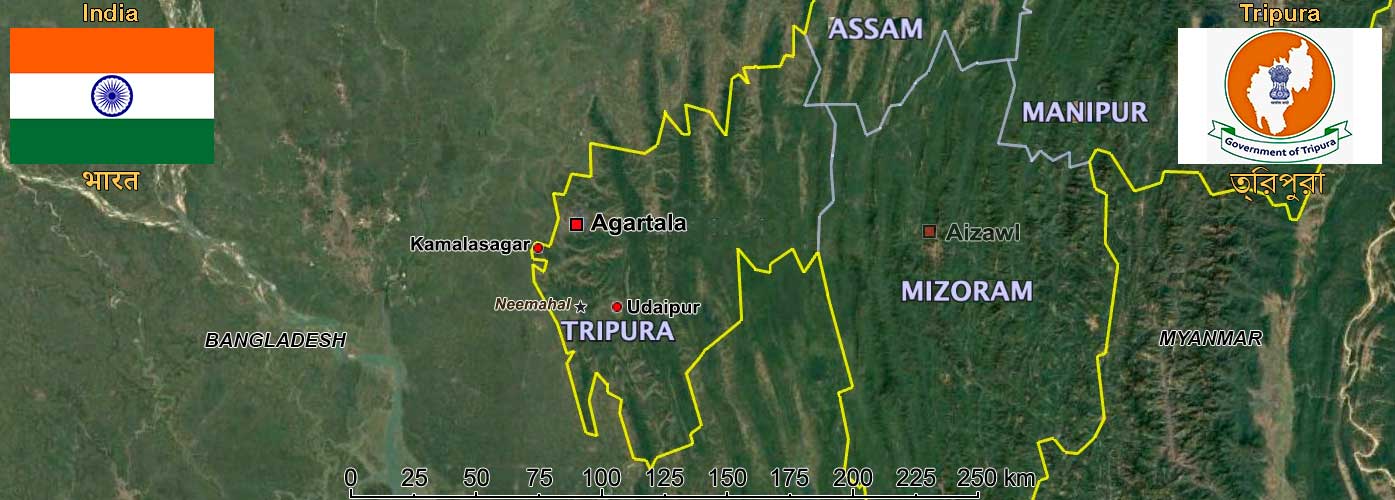
Tripura, a culturally vibrant state in India’s northeast, has a long history marked by the Manikya dynasty, which ruled for nearly 500 years. The kingdom maintained autonomy under the Mughals and later became a princely state under the British. After India’s independence, Tripura acceded to the Indian Union in 1949 and became a full-fledged state in 1972. Its culture blends Tripuri tribal heritage with profound Bengali influences, seen in its festivals, music, and temples.
The capital, Agartala, grew around the royal court and is known for its wide avenues, markets, and historic sites. Its most iconic landmark is the Ujjayanta Palace, built in 1901 by Maharaja Birendra Kishore Manikya. Surrounded by lakes and Mughal-style gardens, the palace blends neoclassical and Indo-Saracenic elements and now houses the state museum.
South of the capital lies Udaipur, one of Tripura’s oldest towns and a former royal capital. It is renowned for the Tripura Sundari Temple, a major Shakti Peetha built in 1501 by Maharaja Dhanya Manikya. Set beside a serene water tank, it remains one of the state’s most sacred pilgrimage sites.
Nearby stands the elegant Neermahal, the “Lake Palace of Tripura,” built by Maharaja Bir Bikram Kishore Manikya in the 1930s. Rising from the waters of Rudrasagar Lake, this stunning blend of Hindu and Mughal architecture served as the royal summer retreat. Together, Tripura’s palaces, lakes, temples, and lush hills reveal a legacy of royalty, spirituality, and natural beauty.
The capital, Agartala, grew around the royal court and is known for its wide avenues, markets, and historic sites. Its most iconic landmark is the Ujjayanta Palace, built in 1901 by Maharaja Birendra Kishore Manikya. Surrounded by lakes and Mughal-style gardens, the palace blends neoclassical and Indo-Saracenic elements and now houses the state museum.
South of the capital lies Udaipur, one of Tripura’s oldest towns and a former royal capital. It is renowned for the Tripura Sundari Temple, a major Shakti Peetha built in 1501 by Maharaja Dhanya Manikya. Set beside a serene water tank, it remains one of the state’s most sacred pilgrimage sites.
Nearby stands the elegant Neermahal, the “Lake Palace of Tripura,” built by Maharaja Bir Bikram Kishore Manikya in the 1930s. Rising from the waters of Rudrasagar Lake, this stunning blend of Hindu and Mughal architecture served as the royal summer retreat. Together, Tripura’s palaces, lakes, temples, and lush hills reveal a legacy of royalty, spirituality, and natural beauty.







